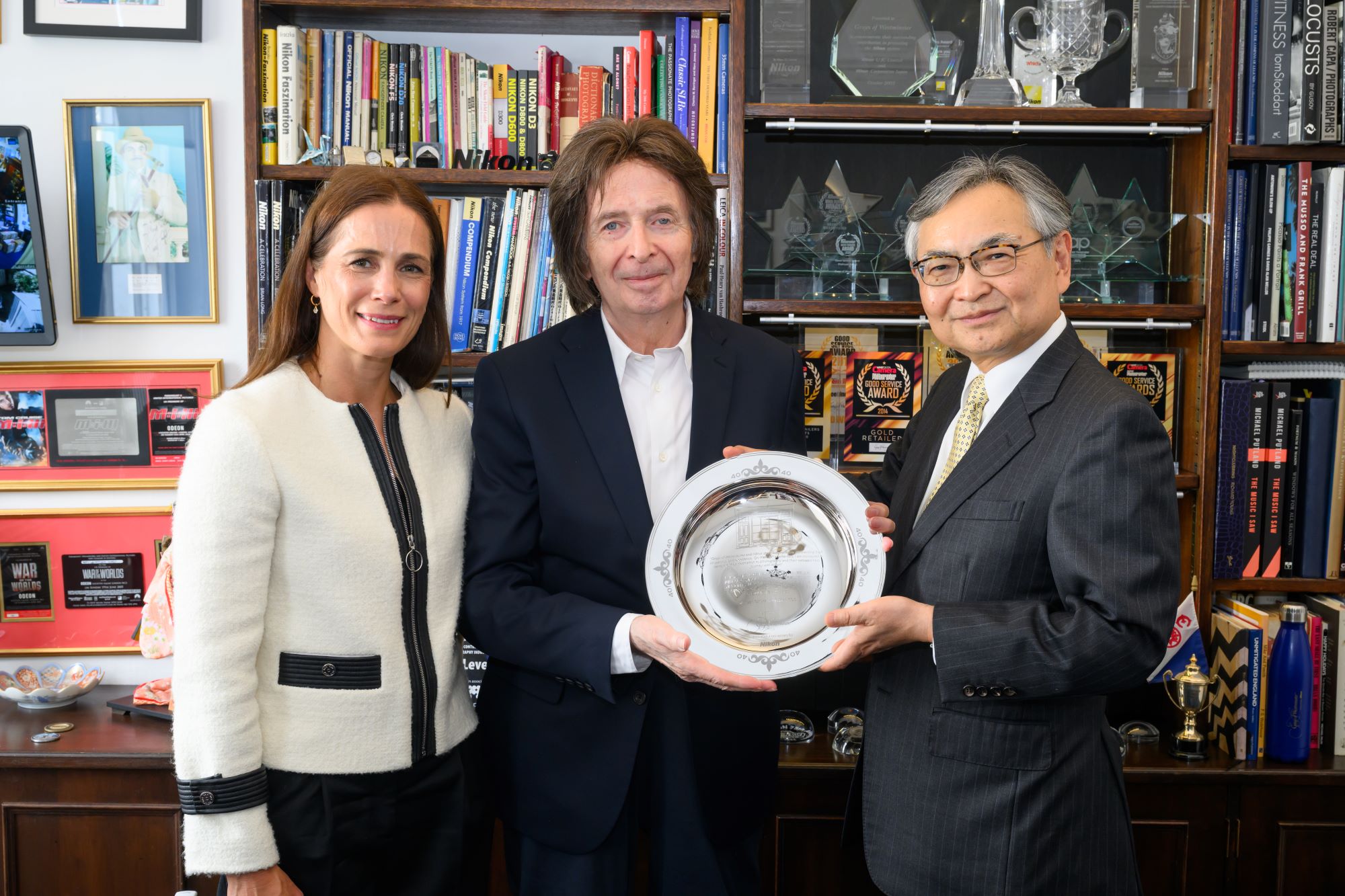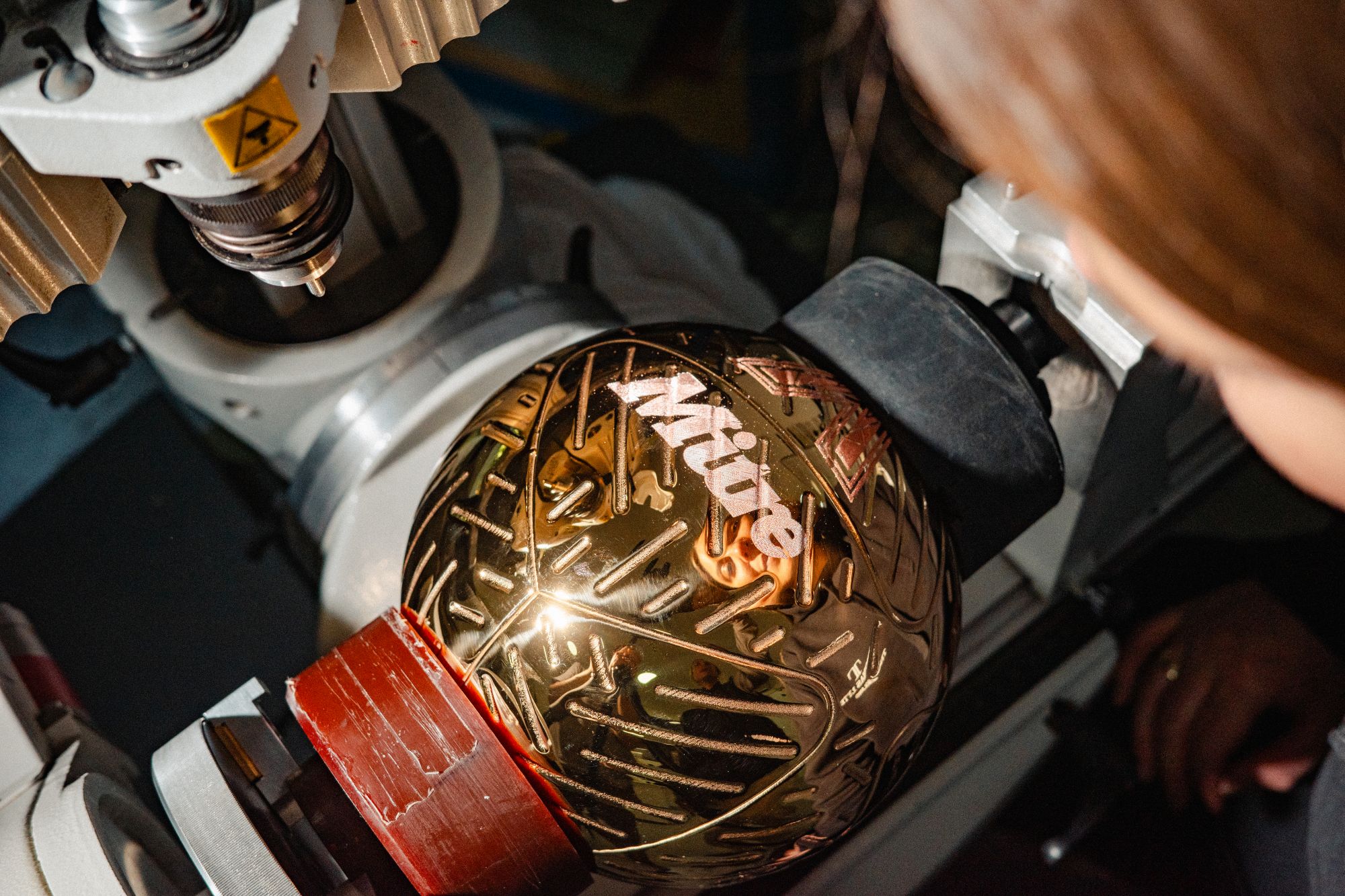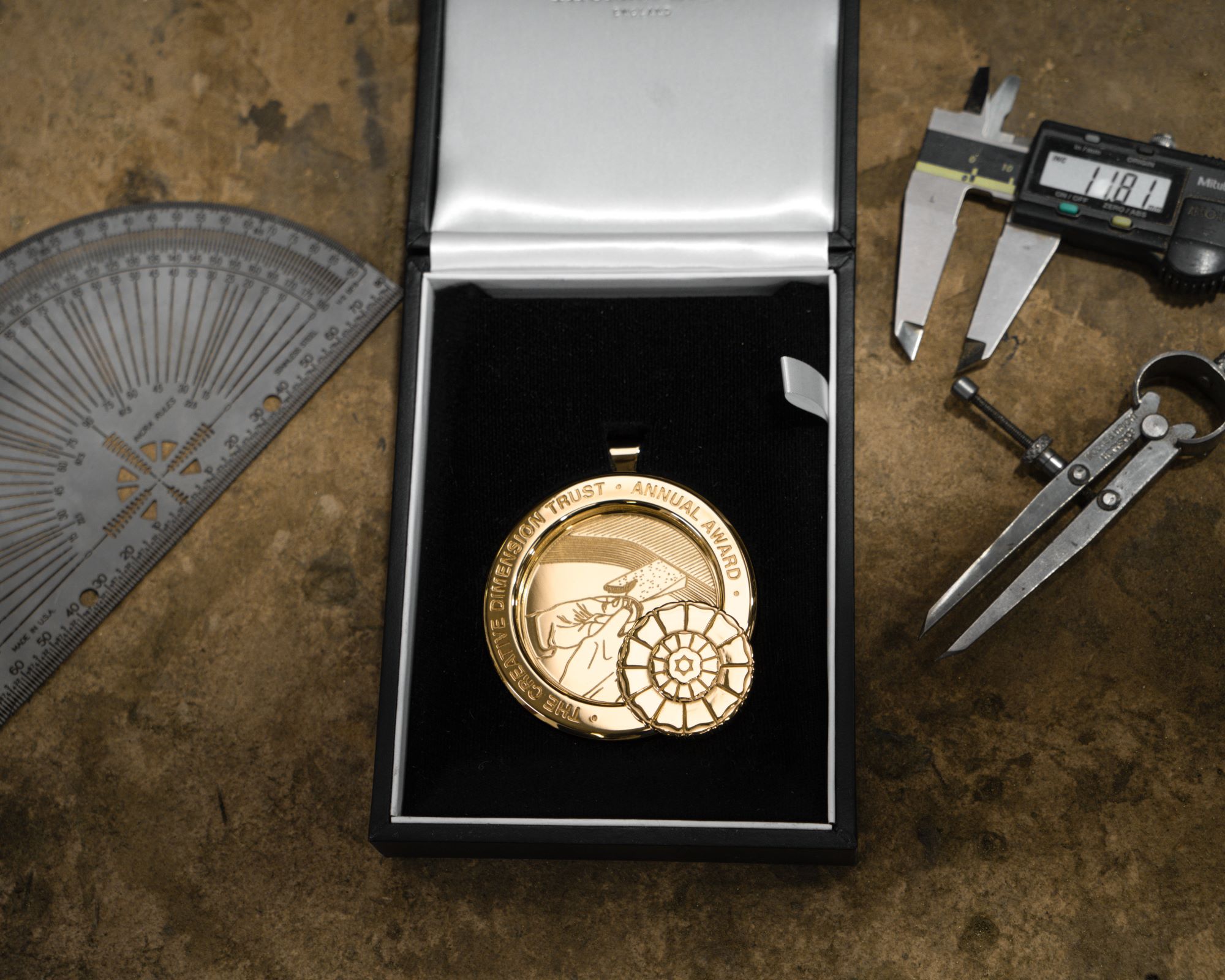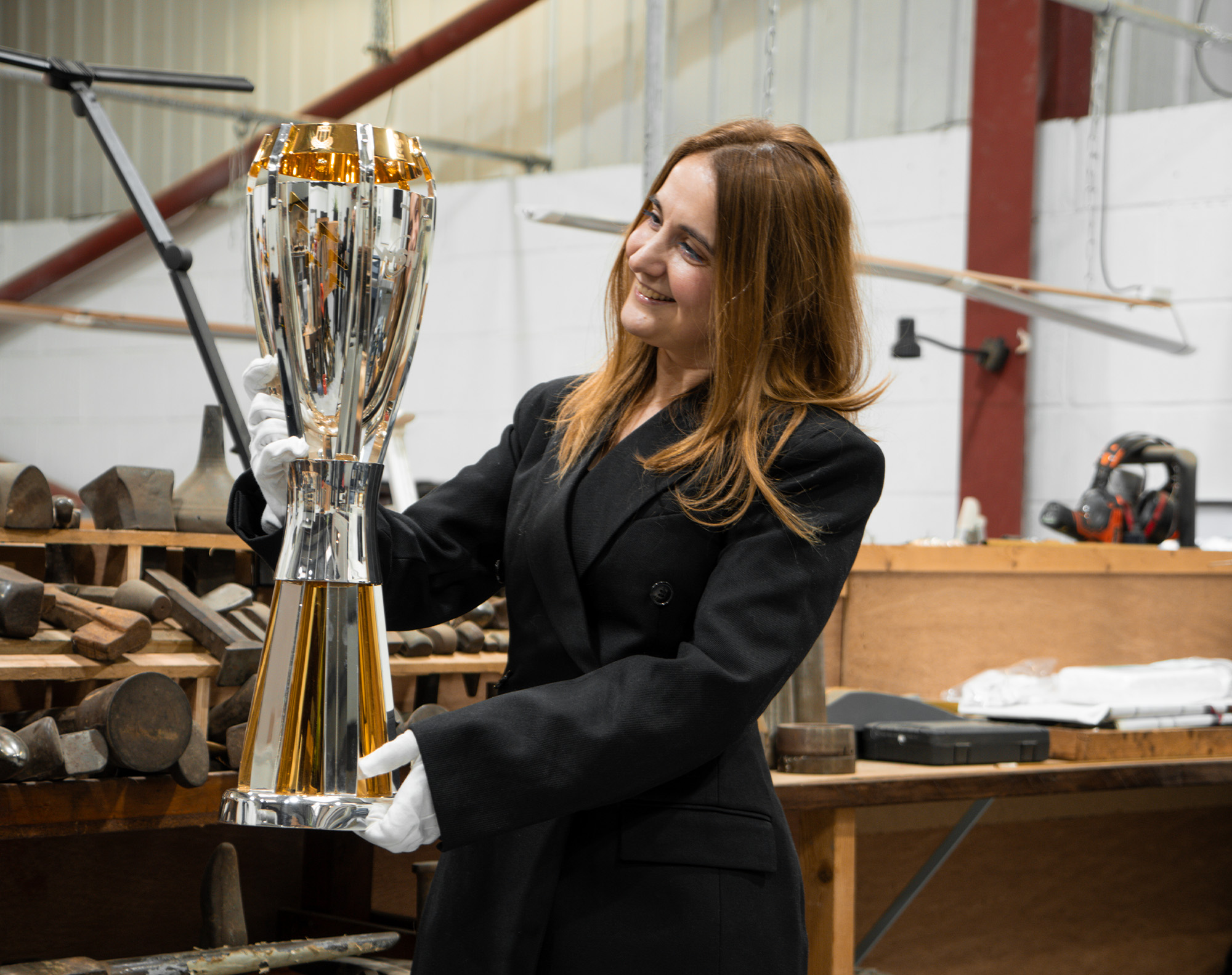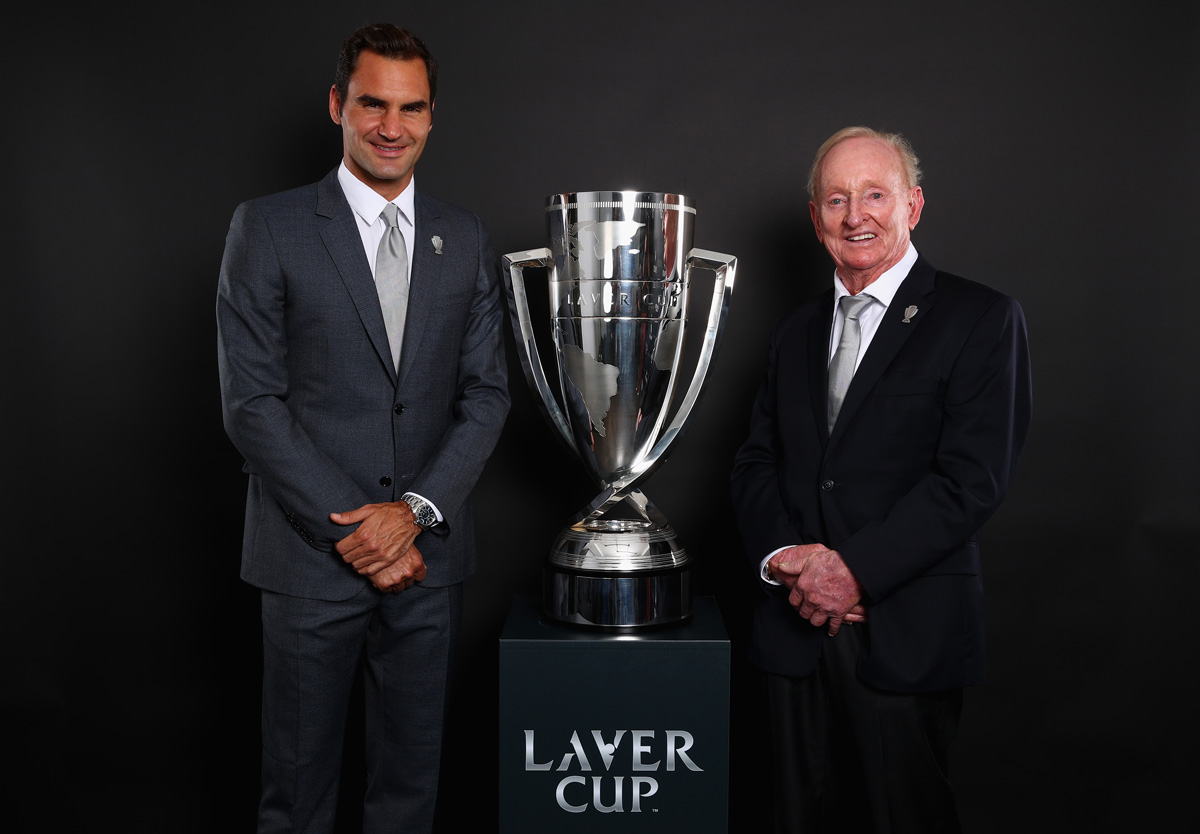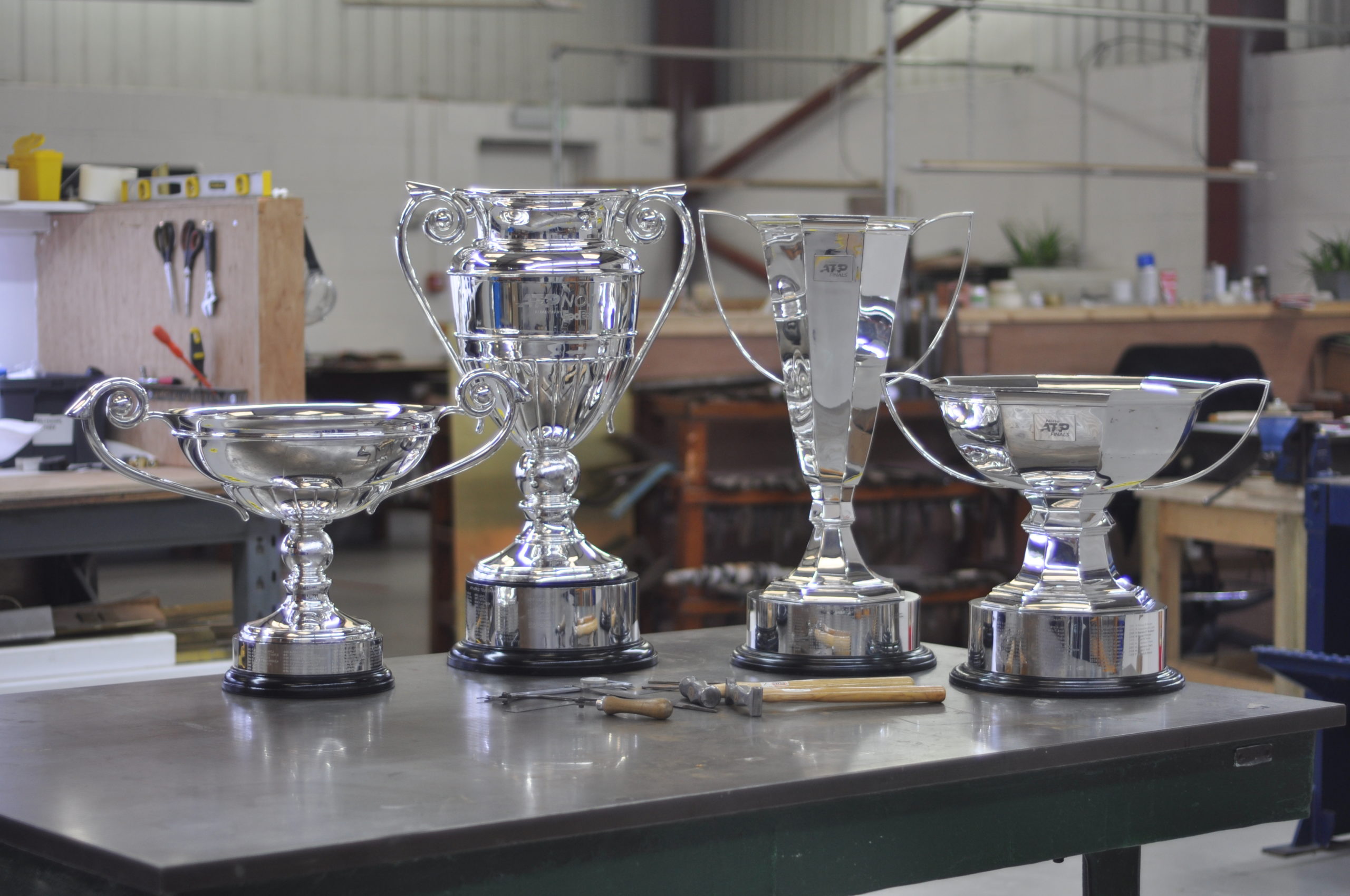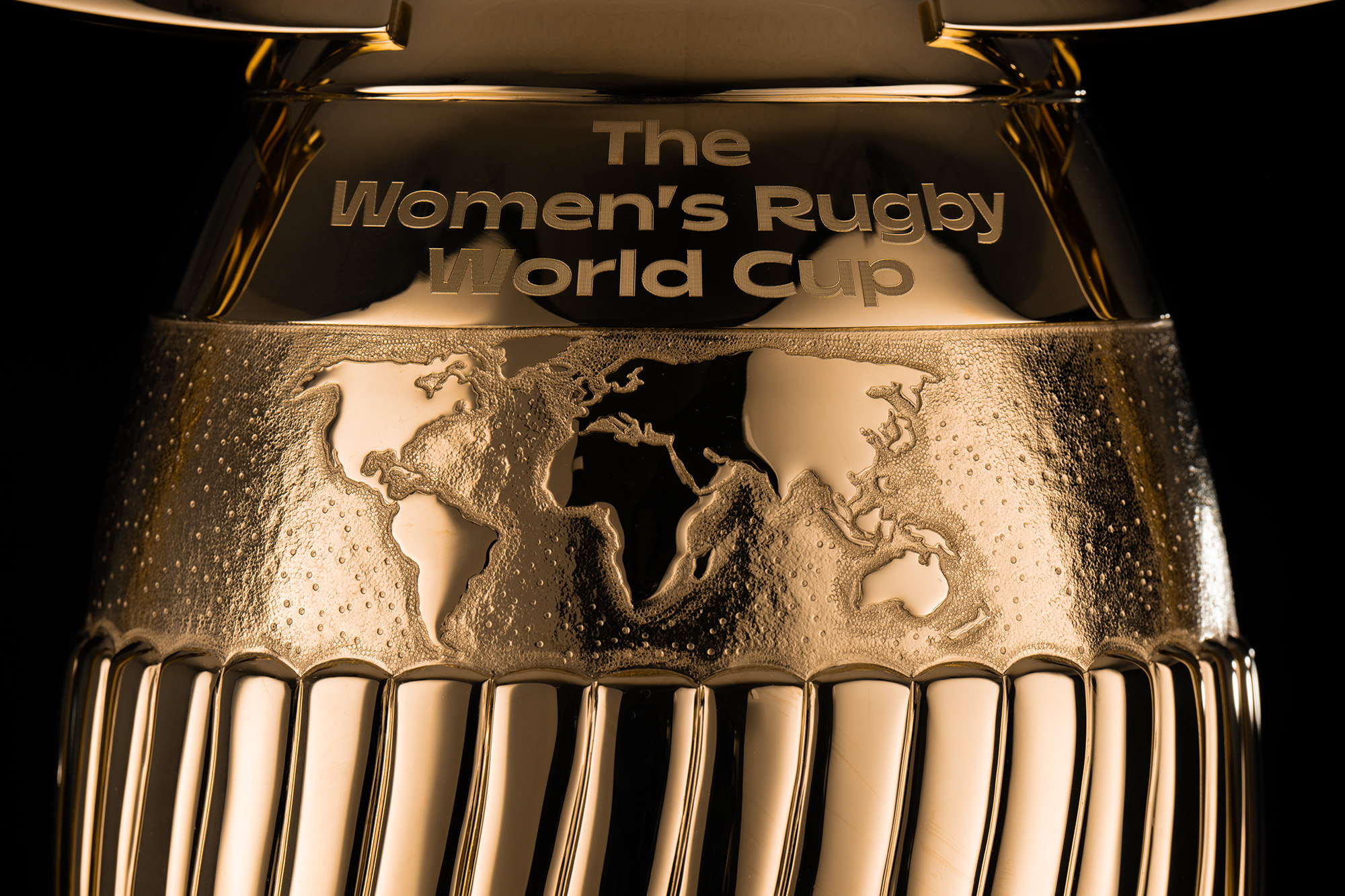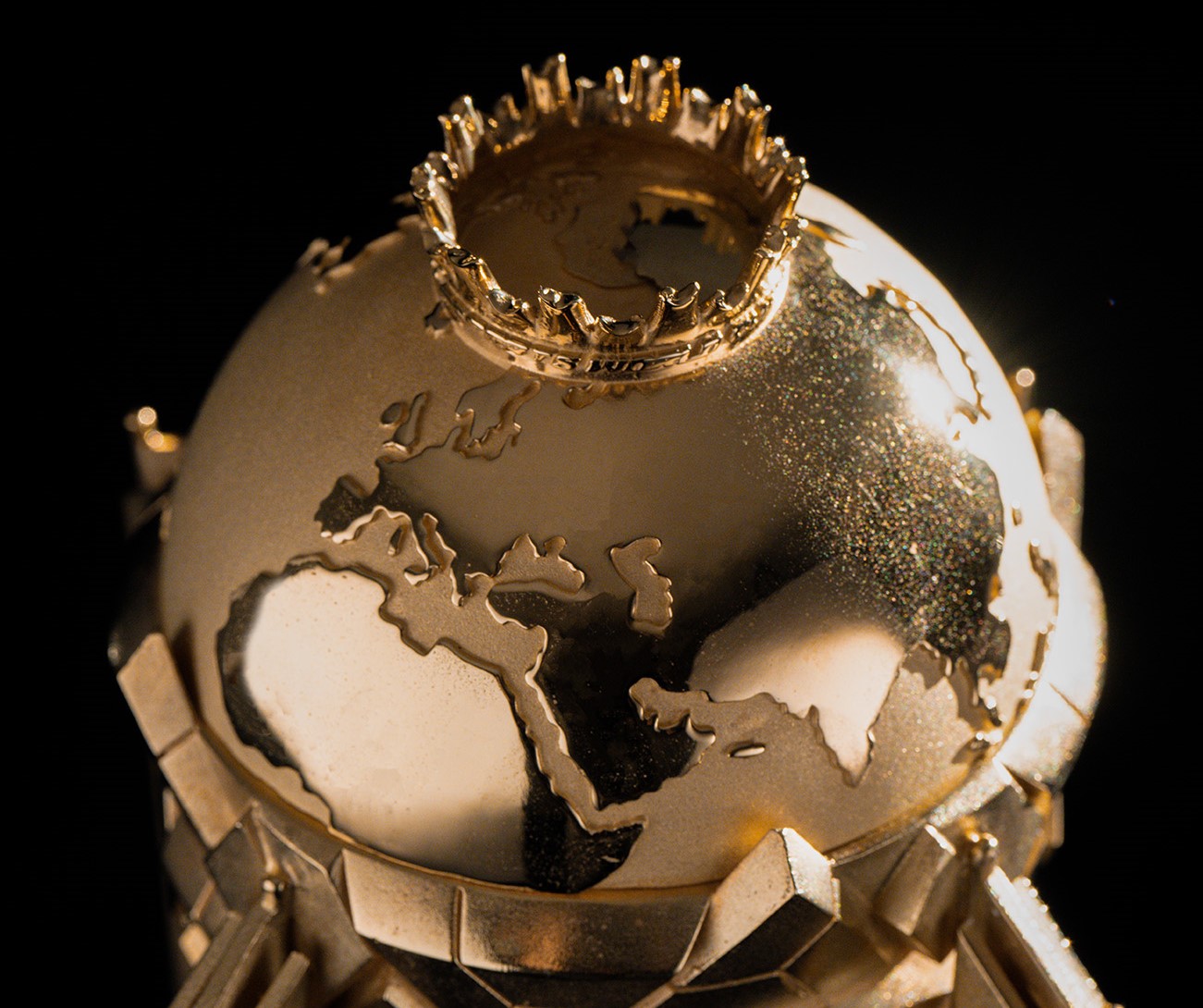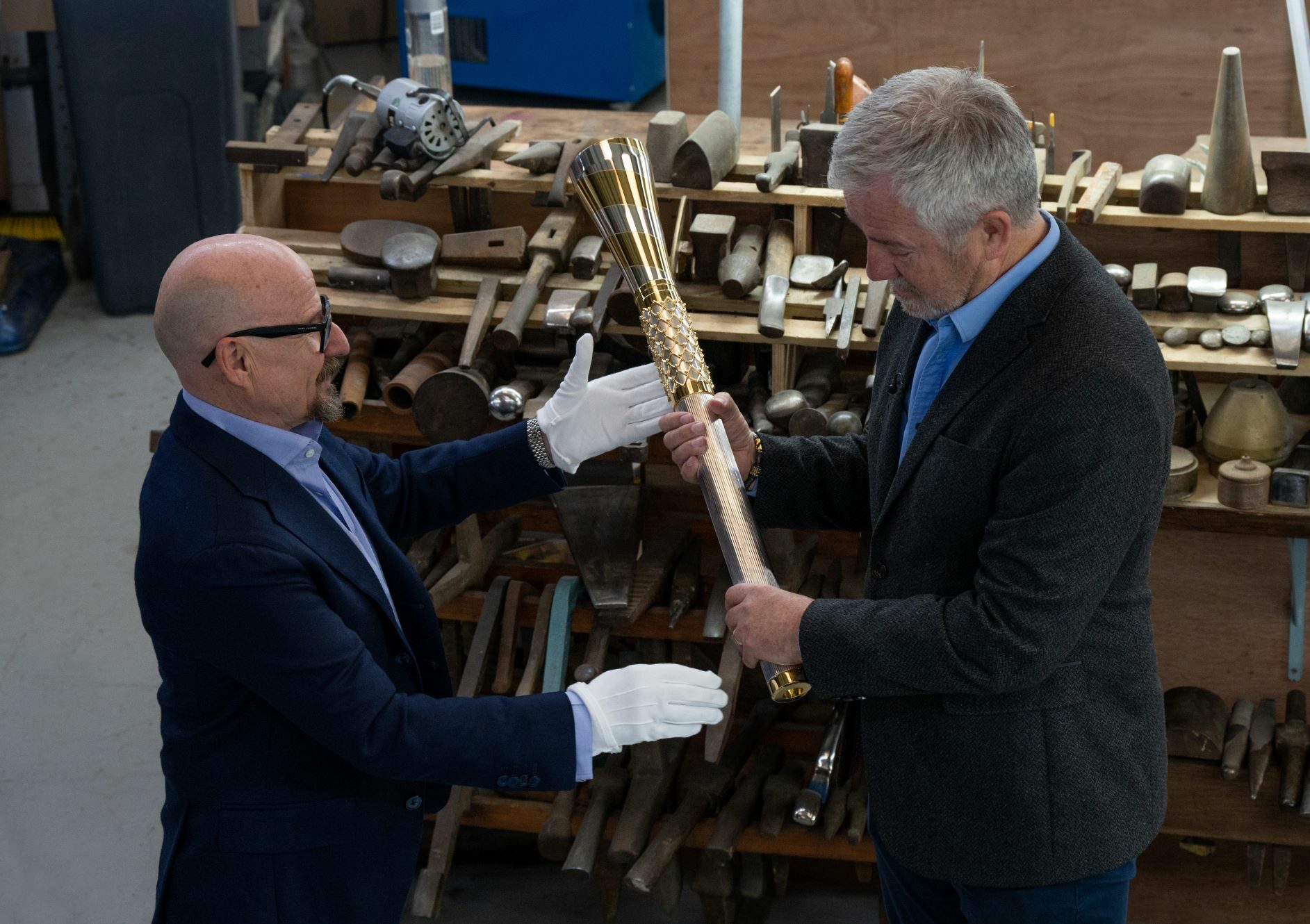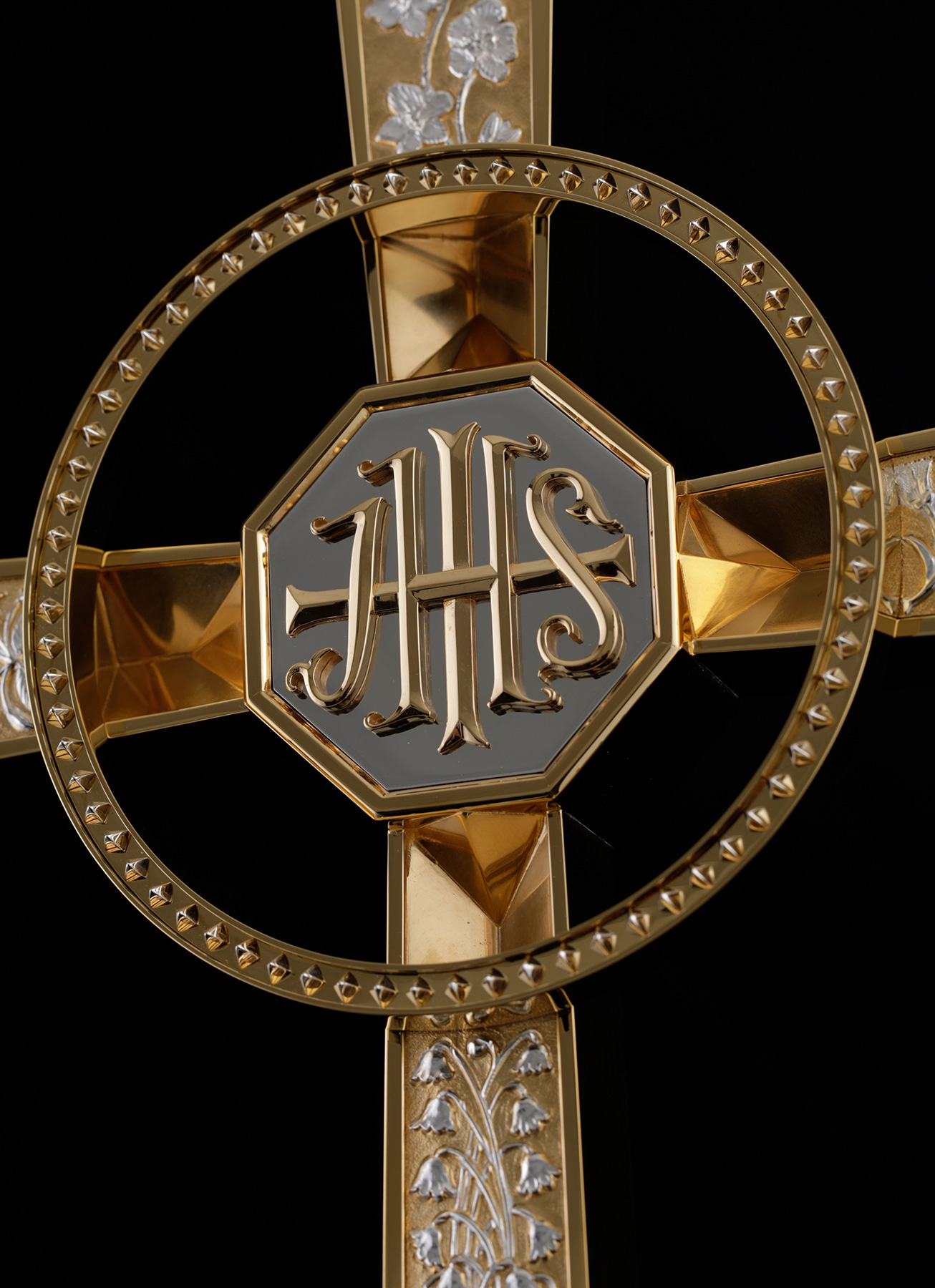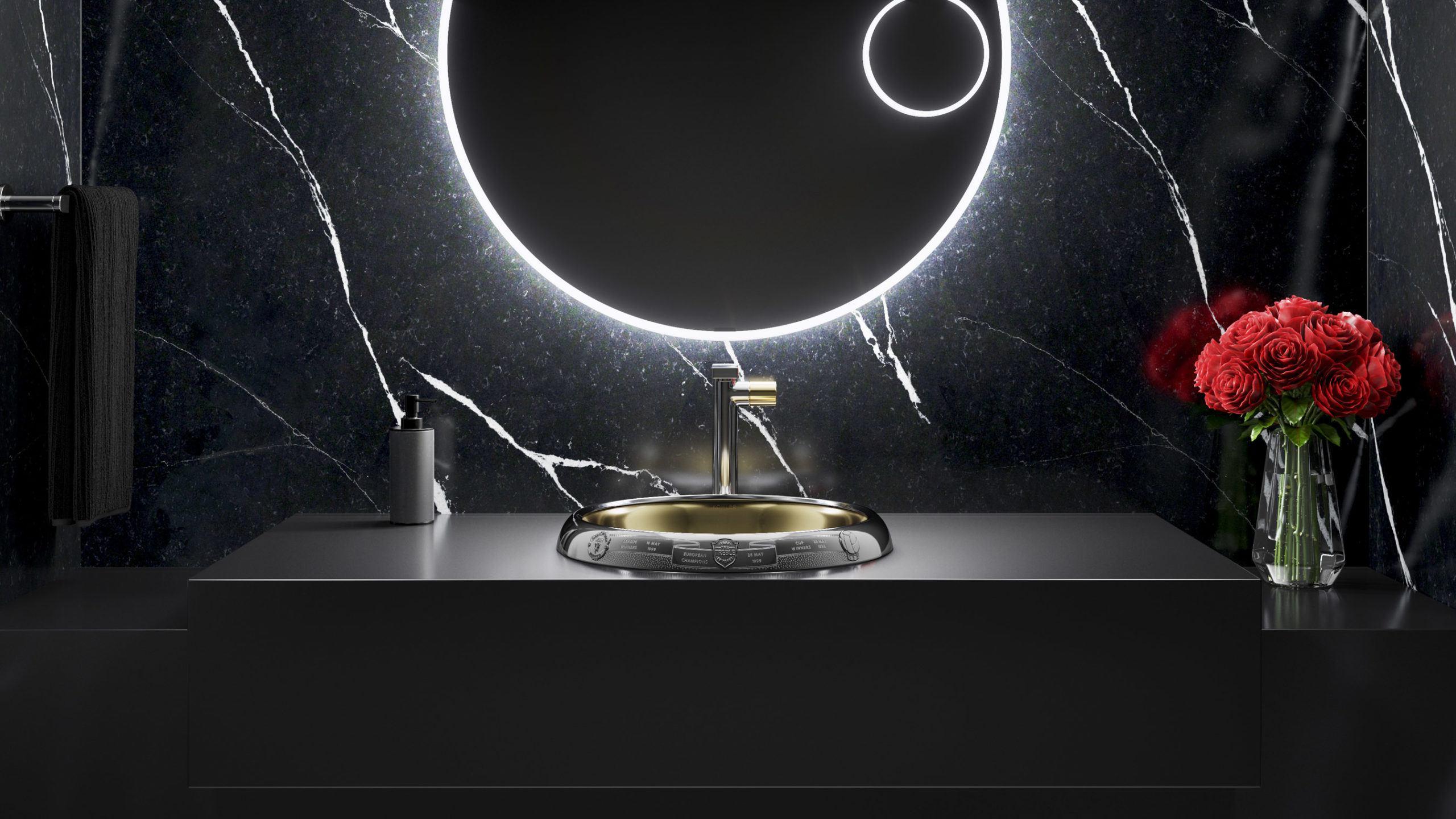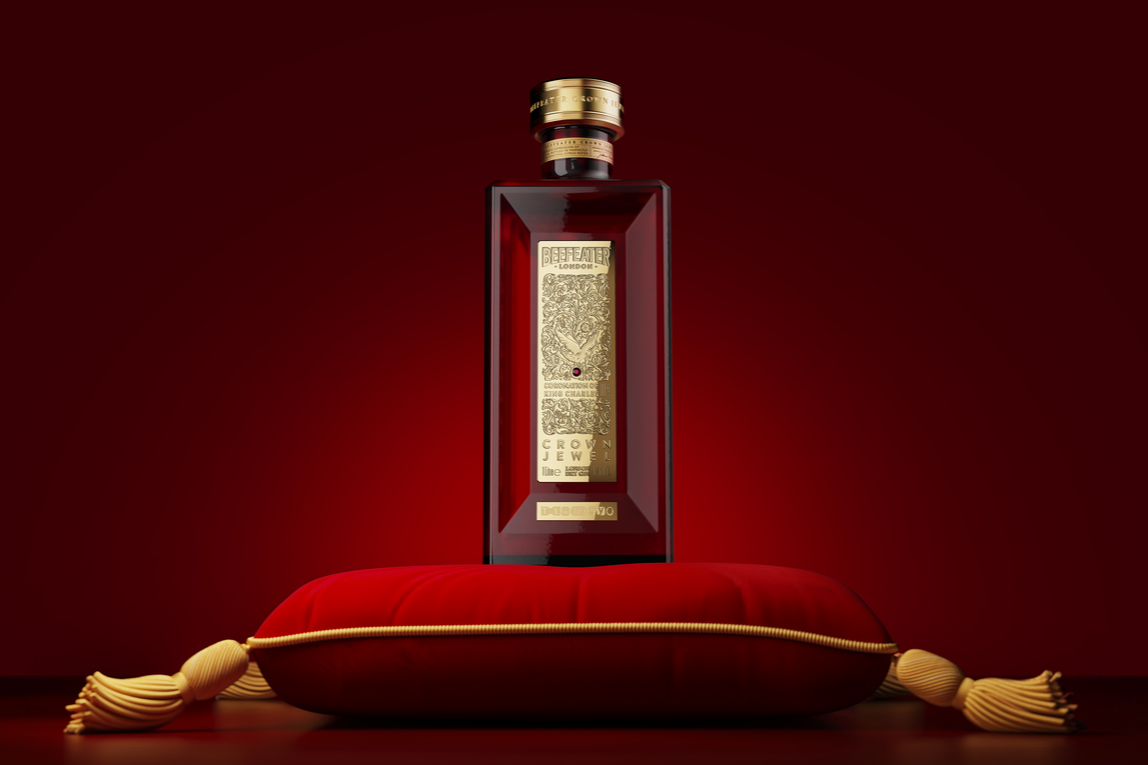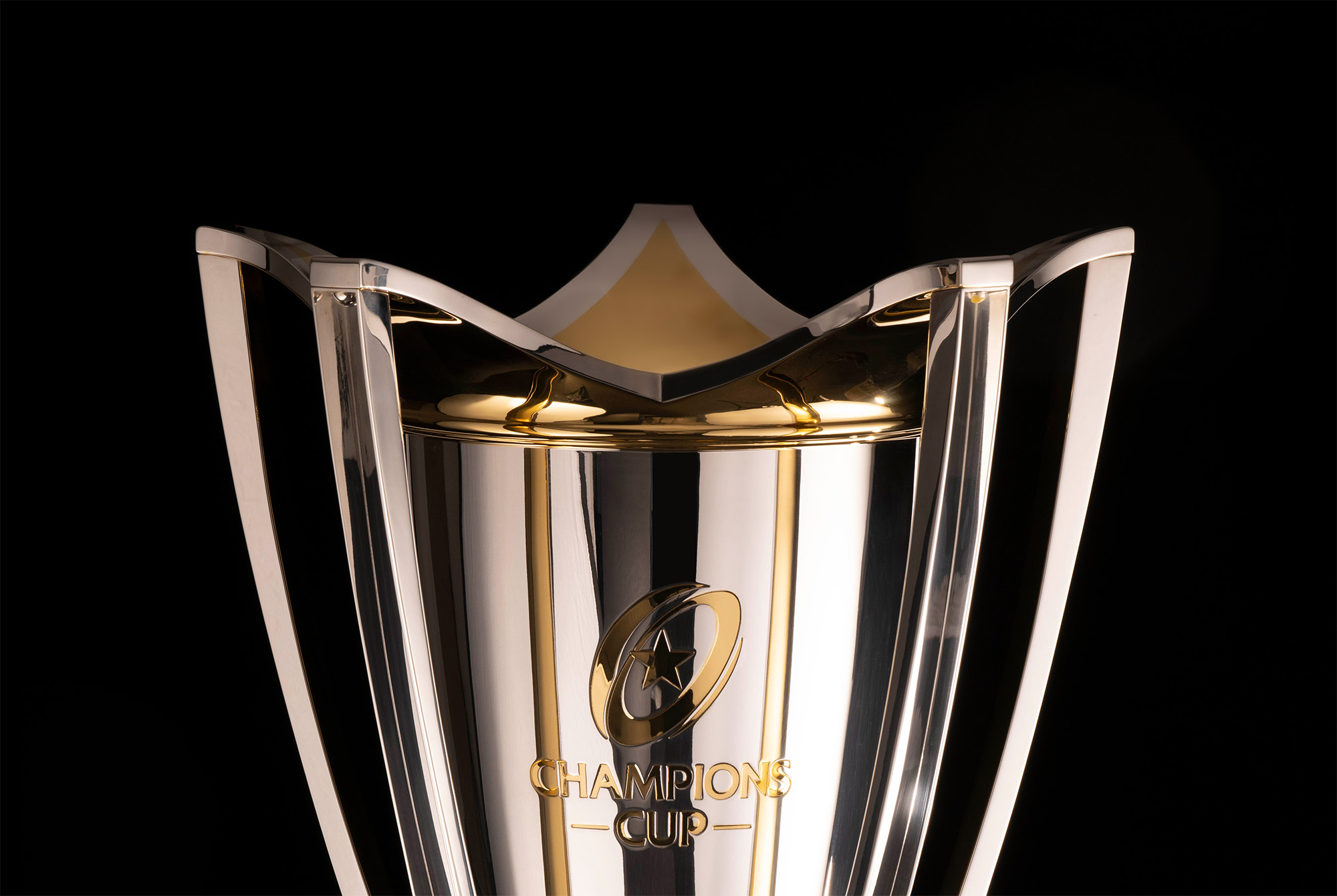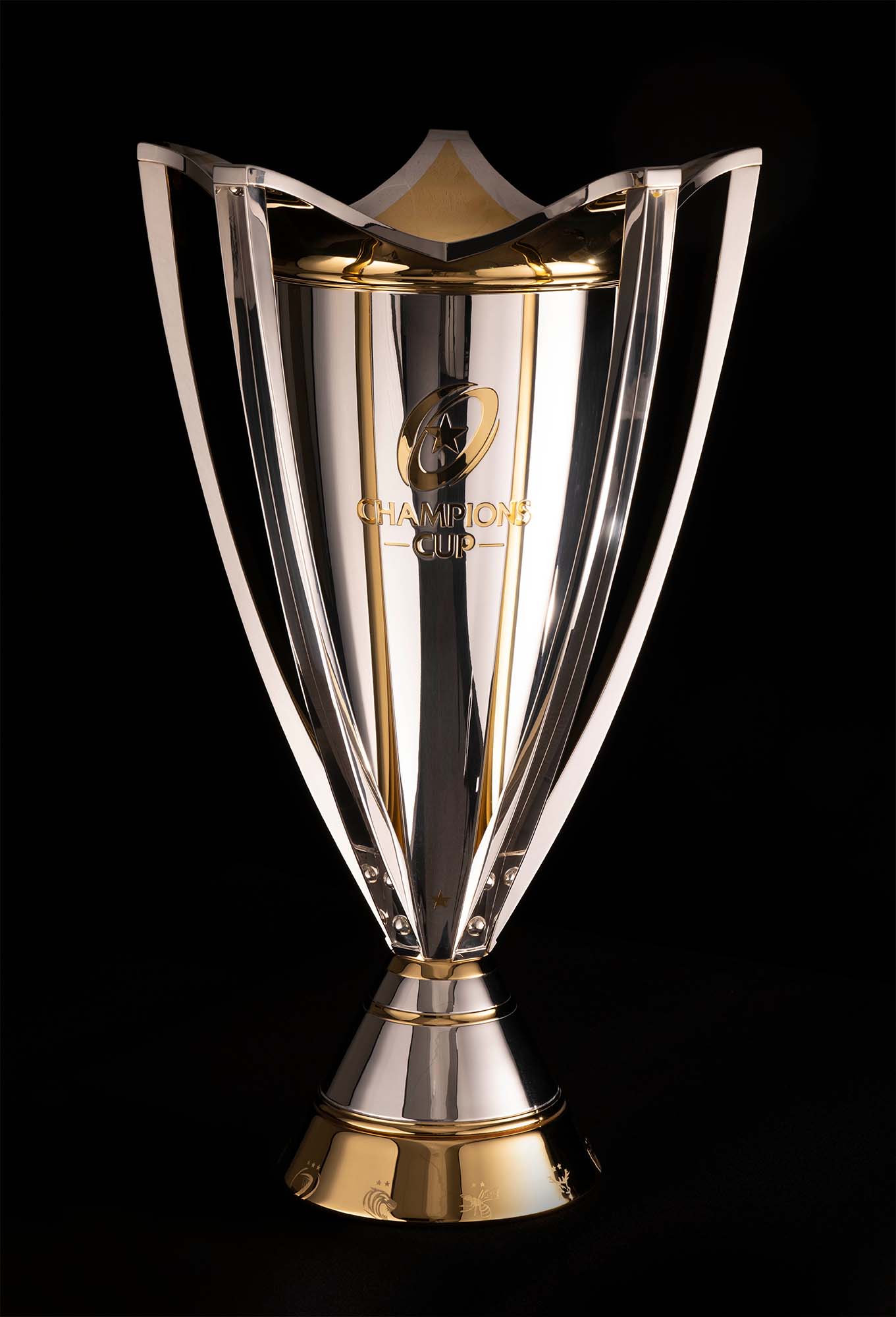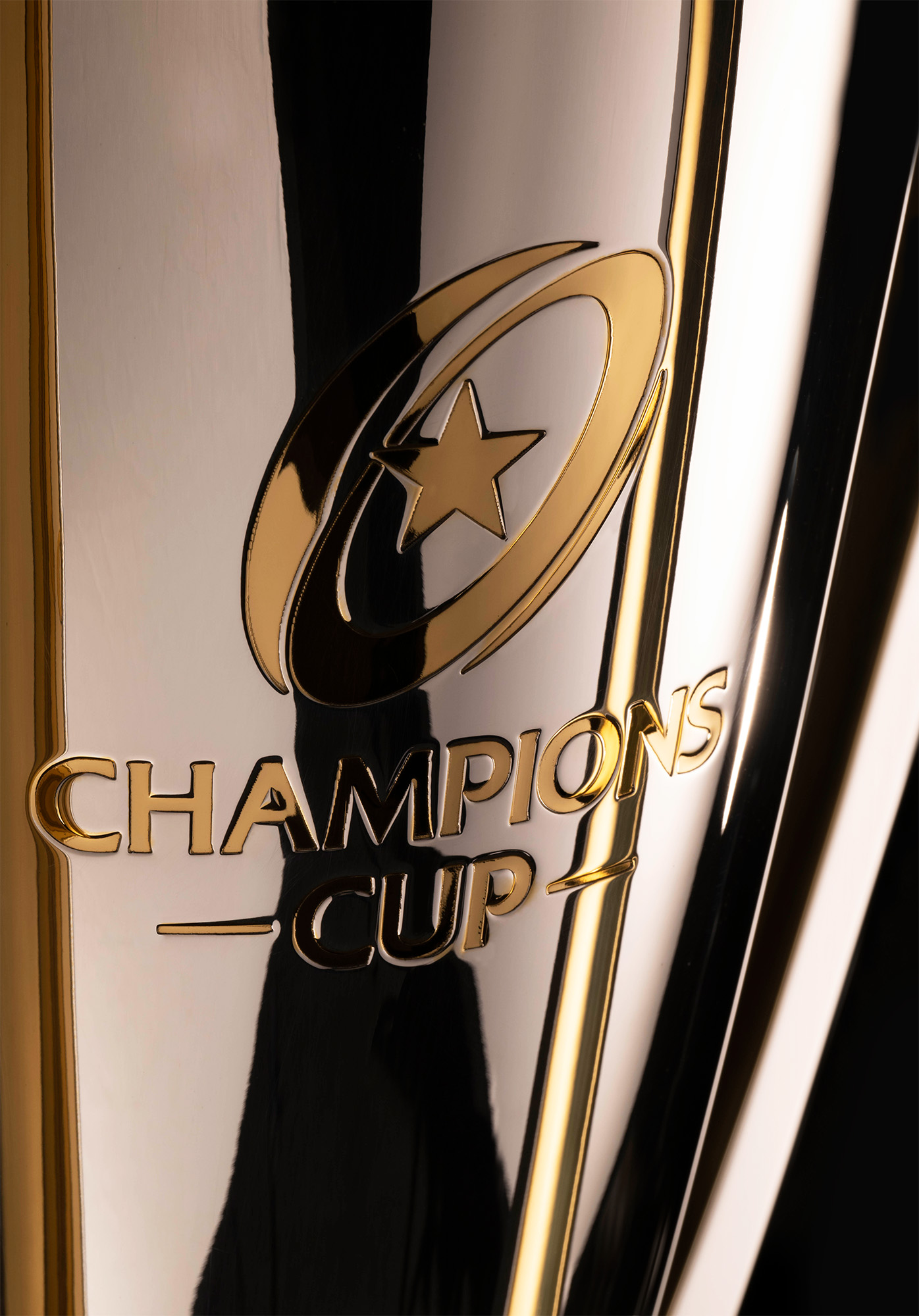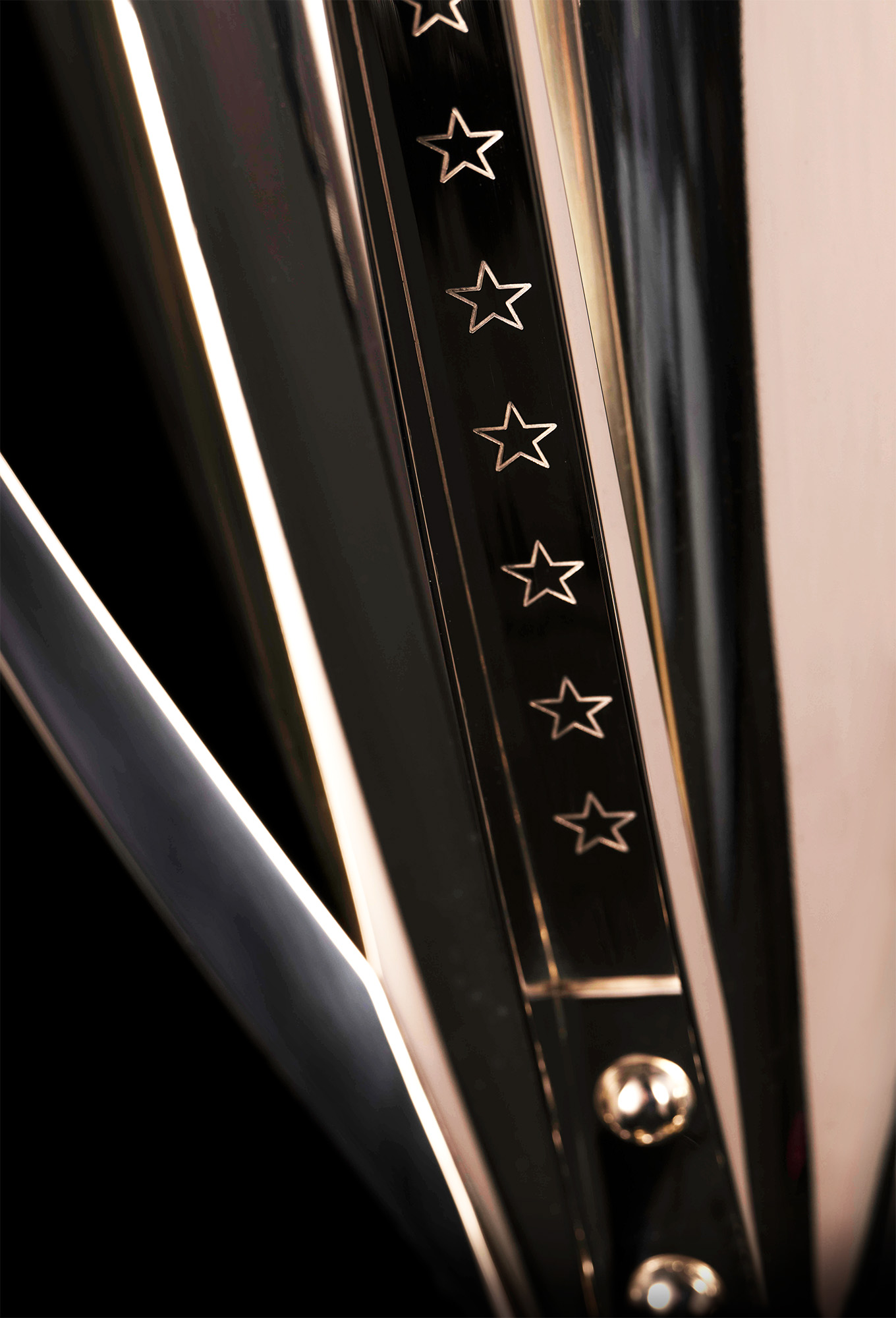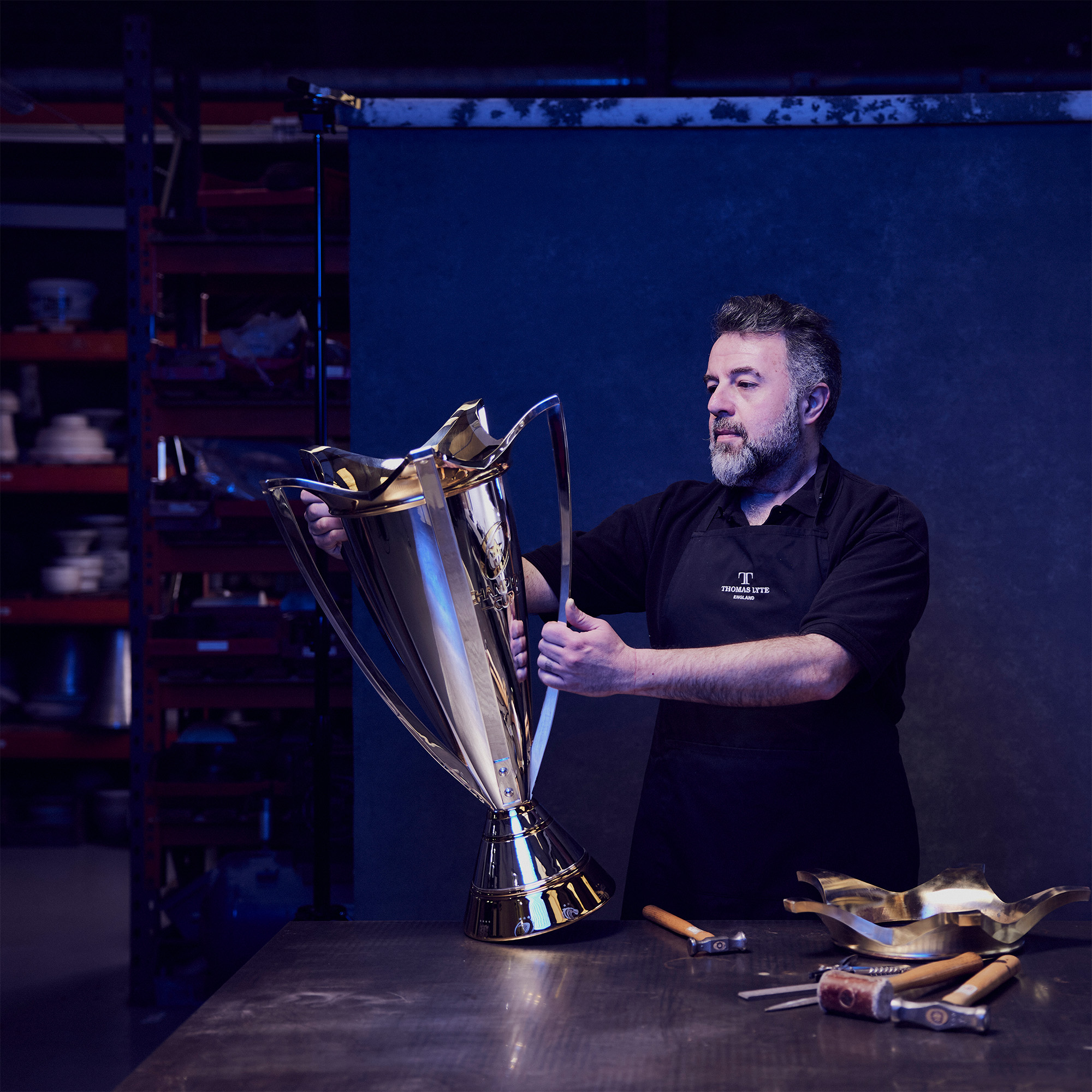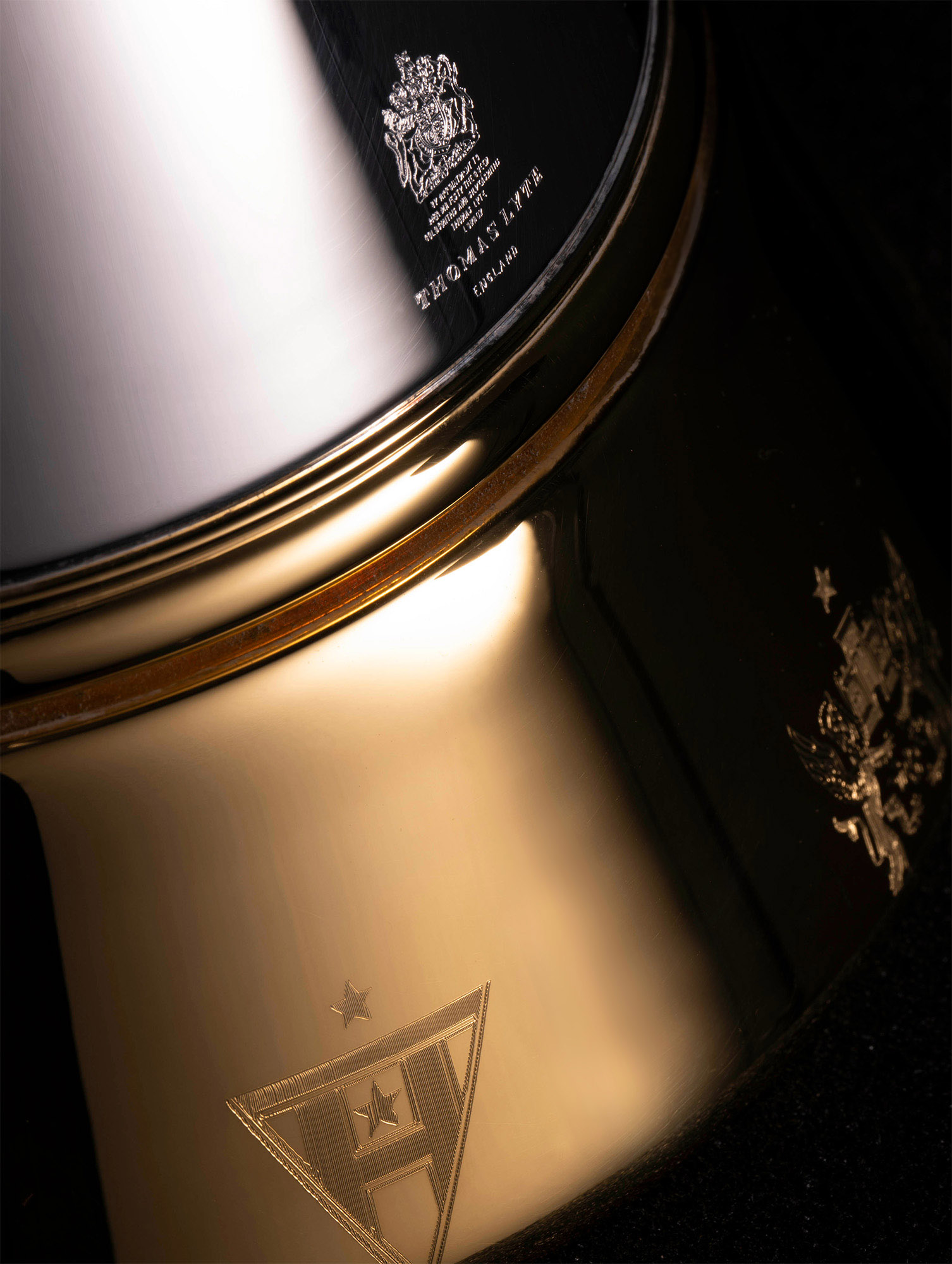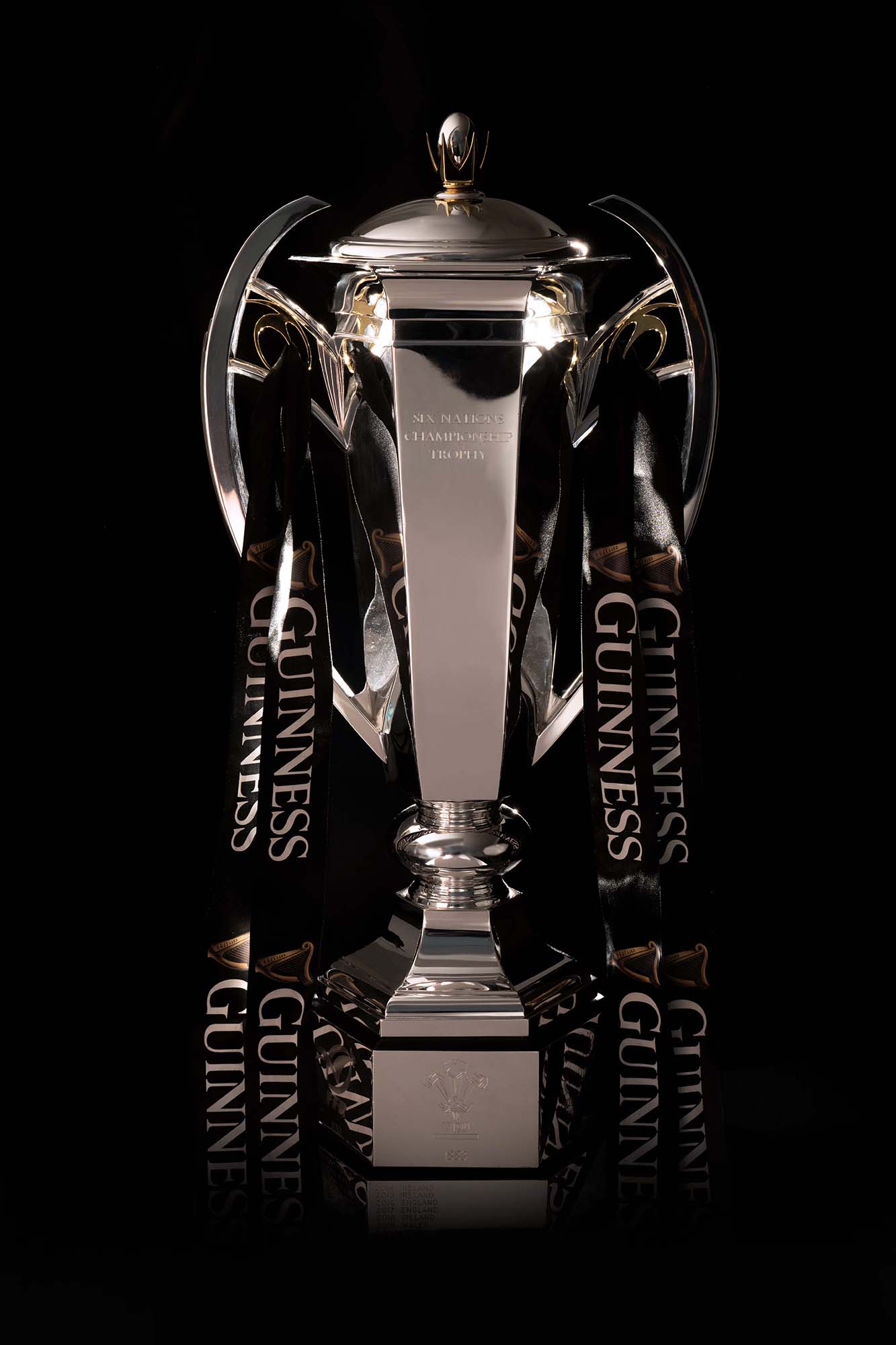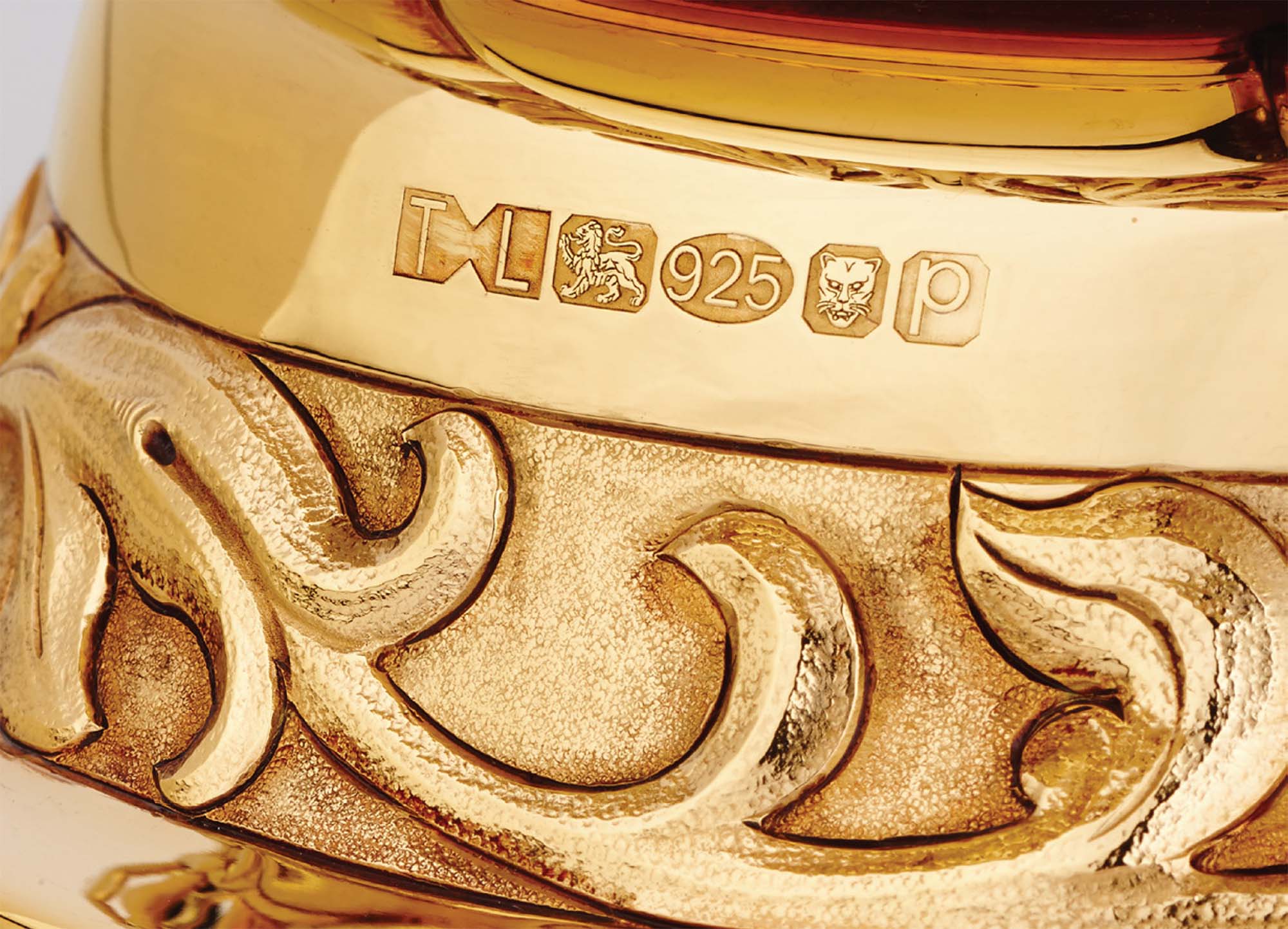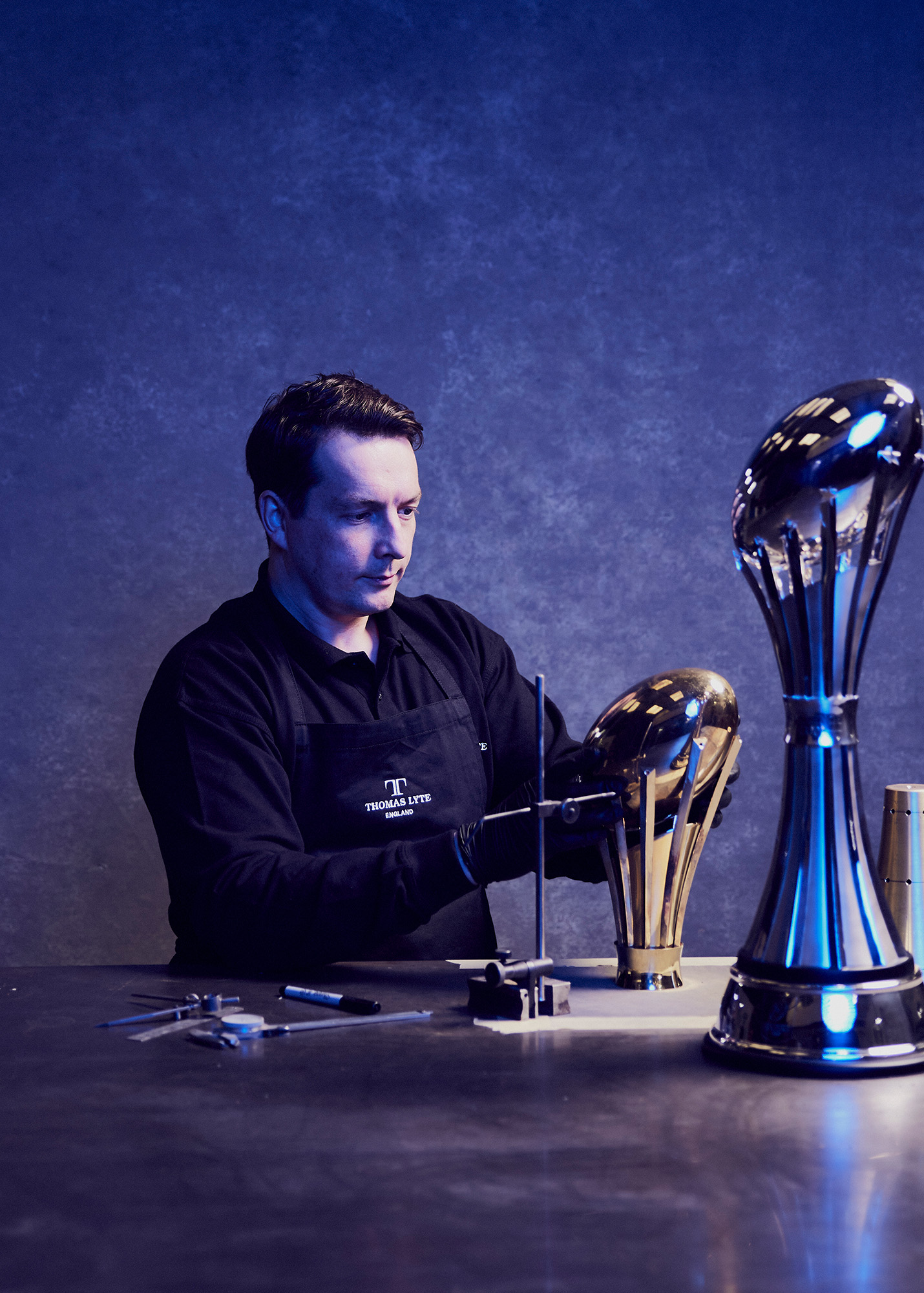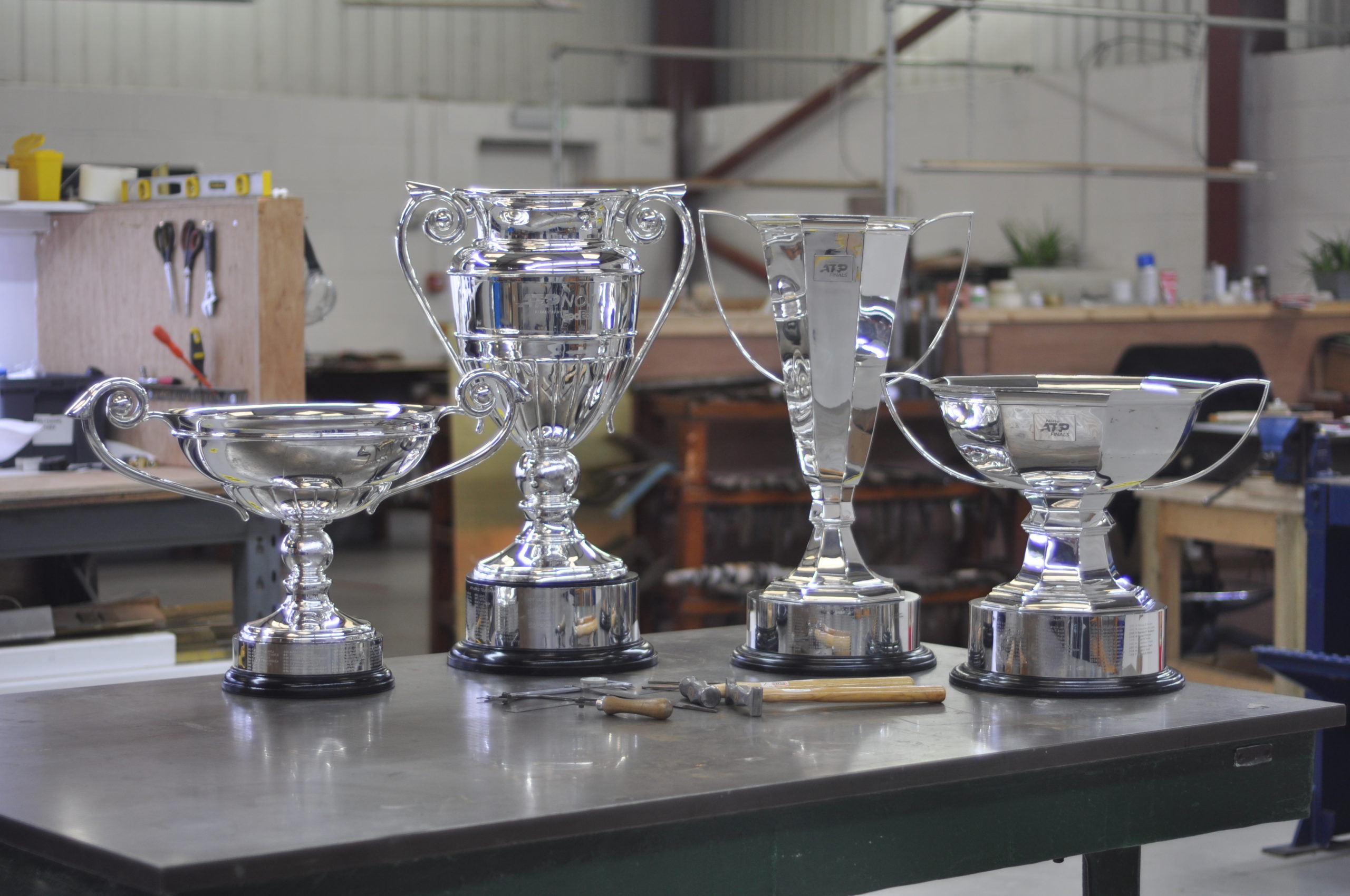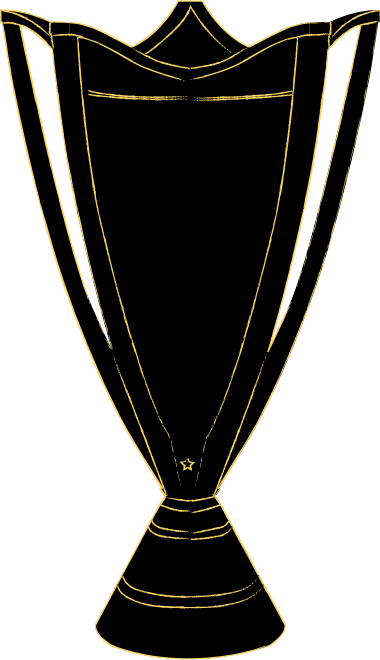DESIGNERS + MAKERS OF THE
European Rugby Champions Cup
Thomas Lyte are proud to be the designers and makers of the EPCR Champions Cup trophy.
Take a look at these fast facts about the trophy that represents the ultimate prize in European rugby.
What is the EPCR Champions Cup?
The Champions Cup is the annual top-tier rugby competition for clubs who compete in a predominantly European league.
Why is the Champions Cup styled in a star shape?
The star design was developed with the aim of utilising the symbol of Europe, and was implemented with five handles creating a star effect from above.
When viewed from the side, the five handle design also features a coronet effect to reflect the annual crowning of the ‘Kings’ of European professional club rugby.
What do the engraved stars on the trophy handle signify?
The 19 stars engraved along the back handle of the trophy honour the previous winners of the tournament before it became known as the European Rugby Champions Cup.
Who are the current holders of the Champions Cup?
The 2021–22 final was contested between La Rochelle and Leinster with La Rochelle winning the game with a late try.
![baton of hope mike mccarthy recieves baton from Thomas Lyte]() A Symbol of Hope for the UK
A Symbol of Hope for the UK![Designers Makers Of The Queen Elizabeth II Platinum Jubilee Processional Cross 3 1306x1800]() Culture Round-Up: 2022 and the Queen Elizabeth II Processional Cross
Culture Round-Up: 2022 and the Queen Elizabeth II Processional Cross